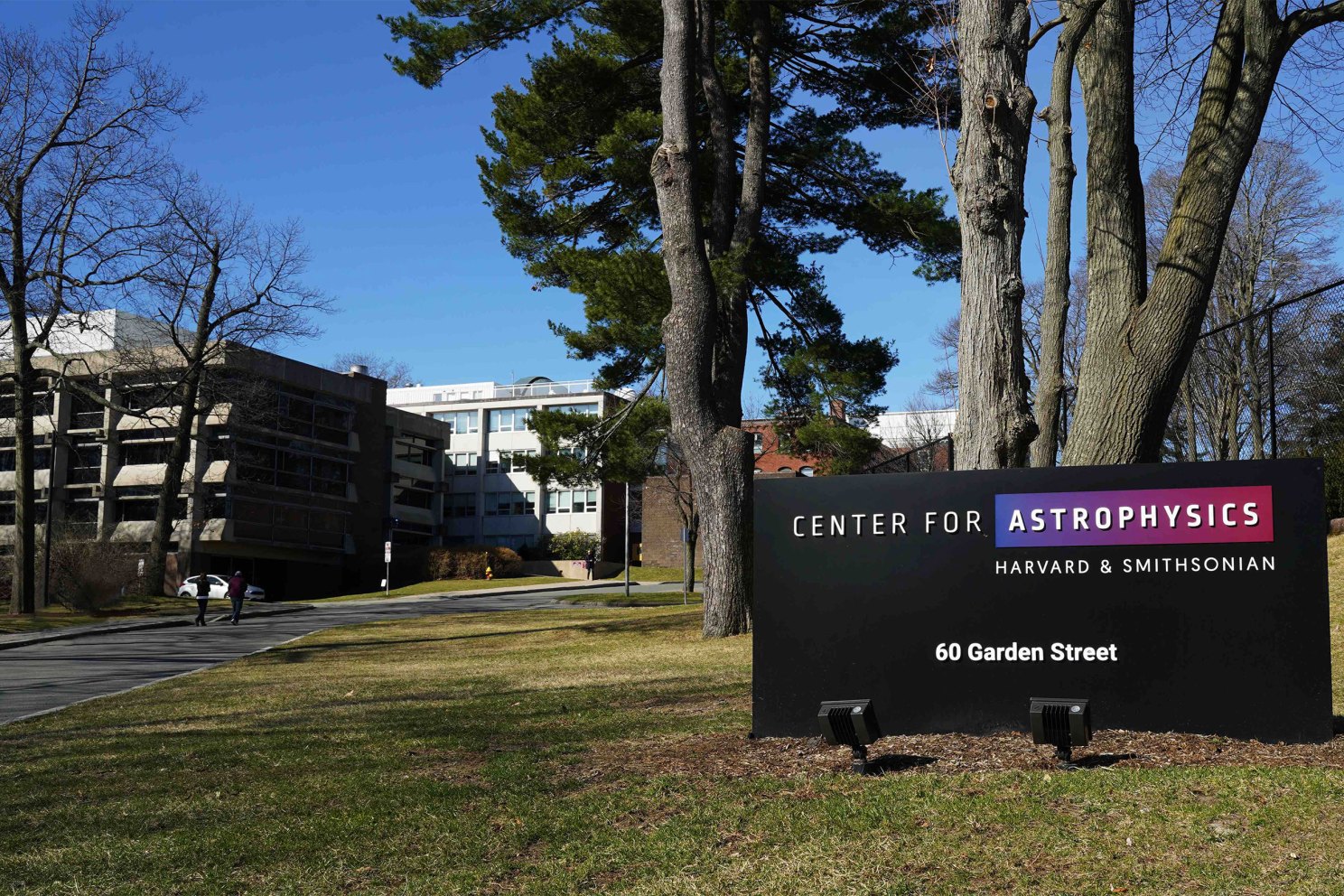On July 1, 1973, the Harvard College Observatory and Smithsonian Astrophysical Observatory signed an agreement to become the Center for Astrophysics | Harvard & Smithsonian (CfA). The CfA has been responsible for some of the biggest discoveries in astrophysics in the past 50 years and is poised to be at the vanguard throughout the 21st century.
The CfA is one of the world’s largest astrophysical research organizations with over 850 scientists, engineers, and other staff at locations from Antarctica to Arizona and Hawaii to Greenland. It combines branches of academia, government, industry, and other partners across the country and around the world, allowing the CfA to ask — and ultimately answer — some of the Universe’s biggest questions.
“There is no place else in the world like the CfA,” said Director Lisa Kewley. “While we are extremely proud of our past, we are even more excited about the present and what we can accomplish in the future.”
The CfA was created after the Smithsonian Astrophysical Observatory (SAO) moved from its original Washington, D.C., location to Cambridge, Massachusetts, in 1955 to strengthen its scientific ties with the Harvard College Observatory (HCO). The formation of the CfA less than two decades later cemented that alliance into a formal partnership.
“For 50 years, this joint endeavor has explored the depths of the cosmos and expanded our understanding of the universe,” said Lonnie Bunch III, the secretary of the Smithsonian. “I have no doubt that the brilliant scientific minds of the Smithsonian and Harvard will continue to produce unparalleled human knowledge and inspire wonder for generations to come.”
“The CfA is the epitome of the expression of ‘the sum is greater than its parts,” said Harvard University President Claudine Gay. “It is a place of possibility and wonder and we’re proud to be part of it.”
A few CfA highlights from the past half century include: SAO conceived, designed, and has operated NASA’s Chandra X-ray Observatory since 1999. In the 1980s, CfA scientists discovered the “Great Wall” and the bubble-like structure of the Universe. The CfA was a major player in the Nobel Prize winning discovery in the late 1990s that the expansion of the Universe is accelerating. And in the last few years, its scientists and engineers have played key leadership roles in the historic achievement of the Event Horizon Telescope Collaboration to capture the first direct image of a black hole.
The CfA also has prominent roles in many space-based missions besides Chandra, including NASA’s Spitzer Space Telescope, Parker Solar Probe, and Tropospheric Emissions: Monitoring of Pollution (TEMPO) as well as many proposed for the coming years.
“The CfA has been leading the exploration of the Universe and our place within it,” said Ellen Stofan, Smithsonian under secretary for science and research. “From black holes to extrasolar planets to understanding Earth’s atmosphere, I can’t wait to see what discoveries come next from the CfA.”The CfA has the capabilities to conceive, develop, build, and operate one-of-a-kind instruments and facilities because its engineering and computer science experts work closely with the scientific staff. This gives the CfA the ability to go “end to end” on investigating both long-standing mysteries in astrophysics and those that have arisen as new discoveries are made.
“We need to be flexible enough to both plan for missions that may take decades to launch while keeping current with the latest developments in science today,” said Kewley. “I argue that we are among the best in the world at being able to do that.”
In addition to research, CfA provides an array of educational opportunities, beginning with undergraduate education through graduate studies, post-doctoral fellowships, early-career mentorship, and public engagement and communications projects.
Previously known as the “Harvard-Smithsonian Center for Astrophysics,” the CfA is now called “Center for Astrophysics | Harvard & Smithsonian.” Both SAO and HCO continue their own missions of exploration, discovery and education, each supported by their own cornerstones of the Smithsonian Institution and Harvard University respectively.
For more information about the CfA.





